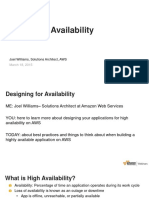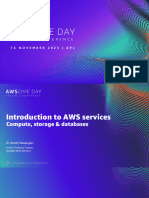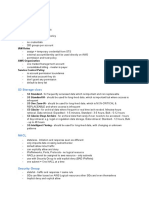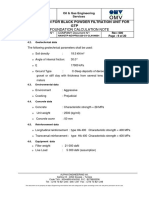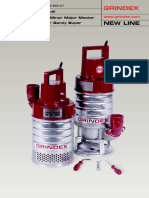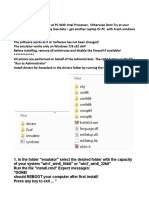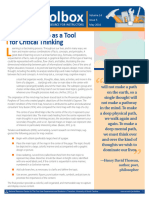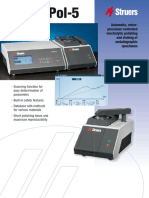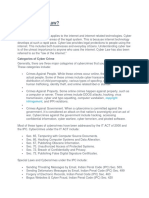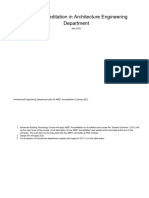0% found this document useful (0 votes)
16 views5 pagesCloud
The document outlines various AWS topics including S3 bucket usage with CloudFront and VPC architecture, AWS Site-to-Site VPN and Direct Connect, VPC endpoints for S3, RDS Multi-AZ deployment, containerization benefits, and deploying Docker containers on AWS ECS. It also discusses DevOps principles and the CI/CD process with AWS CodePipeline. Each section provides essential features, workflows, and benefits relevant to AWS services and best practices.
Uploaded by
dp688415Copyright
© © All Rights Reserved
We take content rights seriously. If you suspect this is your content, claim it here.
Available Formats
Download as PDF, TXT or read online on Scribd
0% found this document useful (0 votes)
16 views5 pagesCloud
The document outlines various AWS topics including S3 bucket usage with CloudFront and VPC architecture, AWS Site-to-Site VPN and Direct Connect, VPC endpoints for S3, RDS Multi-AZ deployment, containerization benefits, and deploying Docker containers on AWS ECS. It also discusses DevOps principles and the CI/CD process with AWS CodePipeline. Each section provides essential features, workflows, and benefits relevant to AWS services and best practices.
Uploaded by
dp688415Copyright
© © All Rights Reserved
We take content rights seriously. If you suspect this is your content, claim it here.
Available Formats
Download as PDF, TXT or read online on Scribd
/ 5












